Yellowstone National Park is the United State’s oldest national park and its crown jewel. Let’s take a look at the wonderful wildlife of Yellowstone, where geysers erupt in a choreographed dance, mammoth mountains tower over lush valleys, and the most remarkable creatures have their home. Whether you’re a seasoned explorer or a rookie ranger, Yellowstone offers an otherworldly experience that’ll make your heart race and your jaw drop.
Here we highlight the unmissable animal and wildlife experiences, from bison to bears to birds, and the best time to see them. So, grab your hiking boots, pack your sense of wonder, and let’s dive into the wild side of Yellowstone!
First things first: the essentials
Let’s cover the basics to make sure your wildlife adventure goes off without a hitch! To enter Yellowstone National Park you need to pay park entrance fees and plan your visit. There are five gates or entrances to the park, and only one is open year-round. Yep, it’s a little complex to get your golden ticket to this natural wonderland and the United State’s oldest national park. And we might be a touch biased in saying that guided Yellowstone tours are best as they really take the guesswork out of it.
Iconic Yellowstone Wildlife
Bison
Burly icons of the American West, Bison are Yellowstone’s heavyweight champions. These colossal fluffy cows roam the park’s expansive grasslands and meadows, living a life in harmony with the rugged landscape. You’ll often find them in massive herds, munching on the park’s lush vegetation and occasionally putting on a dramatic show of power struggles among the males.
For the best bison sightings, Hayden Valley and Lamar Valley are the star-studded stages. During the early morning or late afternoon, these prime locations become hotspots for bison gatherings. Remember, while they may appear docile, they’re still wild animals, so keep a safe distance and admire their majestic presence from afar. They can run three times faster than humans!
Never. Pet. The. Fluffy. Cows.
Grizzly Bears
These powerful giants are often found in remote, mountainous regions and dense forests. Some 1,063 grizzly bears lead solitary lives in Yellowstone, primarily feeding on vegetation. Sometimes they’ll hunt for fish or small mammals.
To catch a glimpse of these majestic creatures, venture into the backcountry of Yellowstone. Hayden Valley, Lamar Valley, and the areas around Lake Yellowstone are known grizzly hotspots. The early mornings and evenings are when they’re most active, so be prepared for patient waiting and keep a respectful distance. Witnessing a grizzly bear in the wild is a rare and awe-inspiring experience, but remember, safety first! Keep your distance.
Black Bears
Sneaky black bears seek refuge in Yellowstone National Park’s diverse habitats, from dense forests to mountainous terrain. These solitary creatures are opportunistic omnivores, foraging for berries, insects, and occasionally small mammals and fish.
Look for black bears in wooded areas and valleys, particularly around Tower-Roosevelt, the Lamar Valley, and Hayden Valley. Dawn and dusk are prime times for sightings, as they emerge from their dens or seek food. Remember to maintain a safe distance and never approach them.
VISIT YELLOWSTONE: National Park Wonders
Wolves
Wolves are highly social animals known for their intricate pack dynamics and elusive behavior. You’ll often find them in remote, forested areas where they hunt for their favorite prey – elk, bison, and deer, of which Yellowstone has plenty.
If you want to see these enigmatic predators in the wild, the Lamar Valley is a top choice. This valley is often referred to as the “Serengeti of North America” due to its rich wildlife diversity. Early mornings and evenings are prime times for wolf-watching. Wolves are sensitive to human presence, so maintain a respectful distance and use binoculars or spotting scopes.
Elk
Graceful elk are a common and captivating sight at Yellowstone. These herbivores thrive in a variety of habitats, from grasslands to forests, and they’re known for bugling calls during the rutting season.
To spot elk in Yellowstone, visit the northern range, including Lamar Valley and Mammoth Hot Springs. Fall is the prime season for witnessing the rut, when males engage in dramatic displays of antler clashes and vocalizations to attract females. But make sure you keep your distance! Elk are also frequently seen near the Madison River and around the park’s thermal features during the colder months.
Bighorn Sheep
A symbol of rugged resilience, bighorn sheep are the mountaineers of Yellowstone. These creatures have adapted to the park’s steep, rocky terrain, and are known for their incredible agility and magnificent horns.
For the best bighorn sheep sightings, head to the northern areas, especially in the Gardiner Basin and along the cliffs of the Yellowstone River. Here you might spot these sure-footed animals navigating the rocky slopes. Spring and early summer are prime times for watching bighorn sheep, as this is when they give birth to their young.
VISIT YELLOWSTONE: Five Epic National Parks
Pronghorn
The speed demons of the American plains! Pronghorns are swift and graceful animals, uniquely adapted for high-speed chases, making them the fastest land mammals in North America.
For pronghorn sightings, explore the northern range of the park, particularly Lamar Valley and Hayden Valley. These expansive grasslands provide an ideal habitat for pronghorn, where they can be seen grazing and sprinting across the open plains. They’re most active during the summer months, but you can spot them throughout the year. Stay calm as they are easily spooked!
Other creatures in Yellowstone
That’s just the beginning of Yellowstone’s diverse ecosystem. While exploring the park you might also spy industrious beavers crafting dams, cougars hiding in the shadows, cheeky badgers, and the elusive pine marten darting between trees. Look for playful river otters and clever foxes, shy bobcats and even fish and bats. Yellowstone National Park is lucky to count on such a remarkable biodiversity.
VISIT YELLOWSTONE: Western Frontiers
Best birdwatching in Yellowstone
Yellowstone National Park isn’t just a haven for land-dwelling wildlife – it’s a paradise for bird enthusiasts as well. There are more than 300 avian species gracing the skies and waterways of Yellowstone. Keep your eyes peeled for feathered friends from the majestic bald eagle to the vibrant western tanager.
Popular birdwatching locations in Yellowstone include the Hayden Valley, the shores of Yellowstone Lake, and the lush meadows of Lamar Valley. Keep your binoculars ready to spot ospreys, trumpeter swans, and the elusive peregrine falcon, among many others. If you’re a keen birder, remember to pack your binoculars and a notepad.







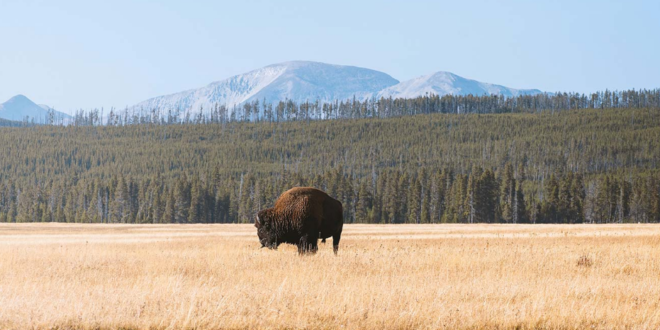
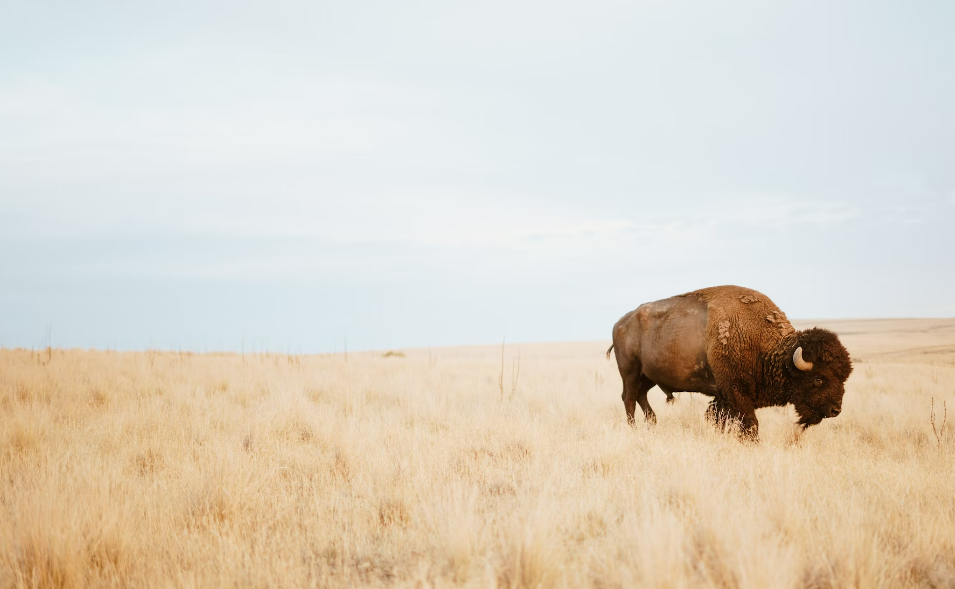
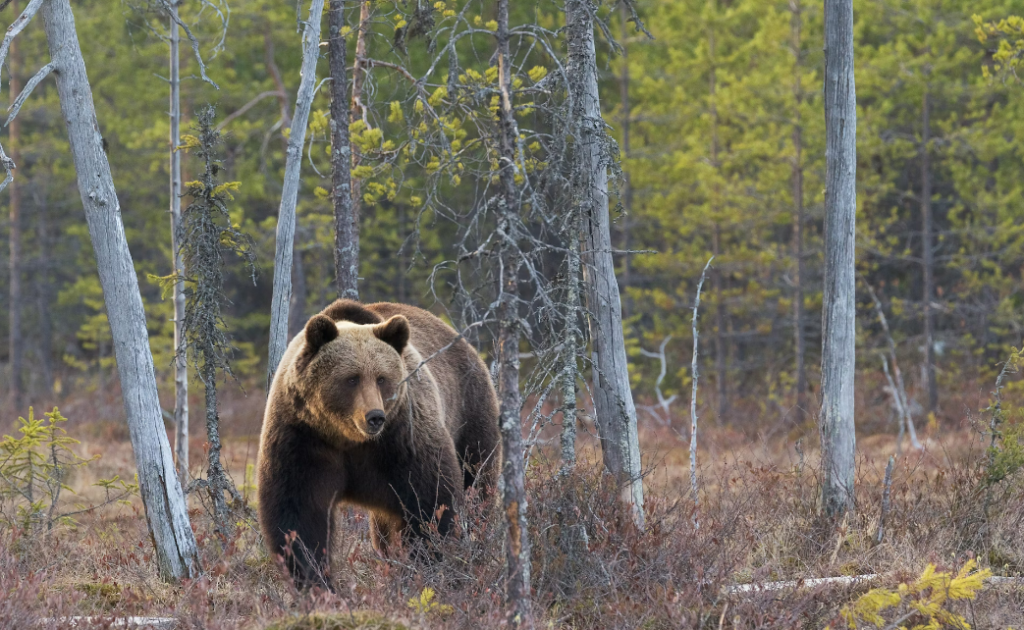
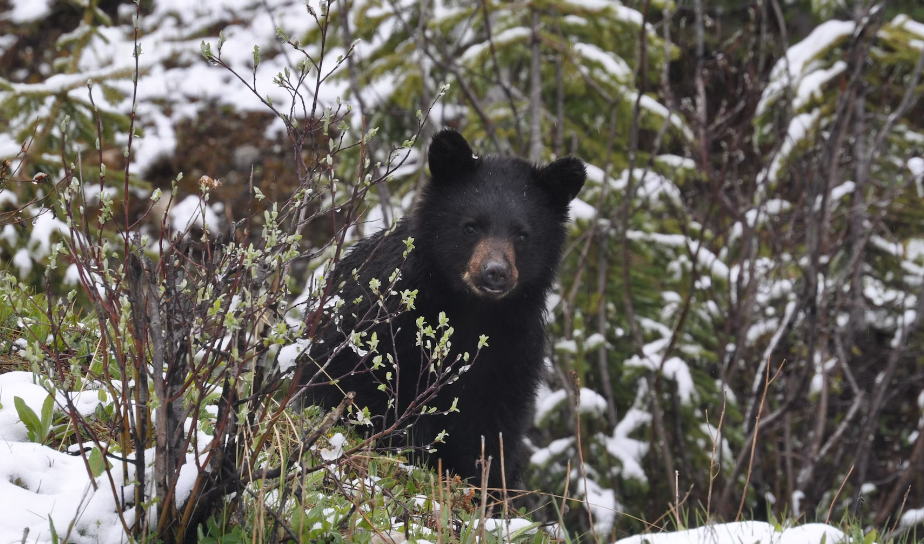
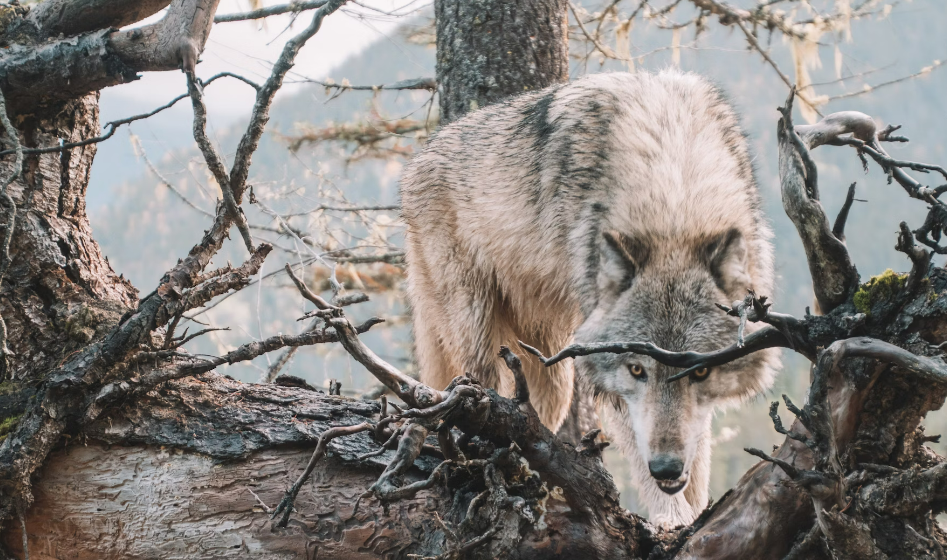
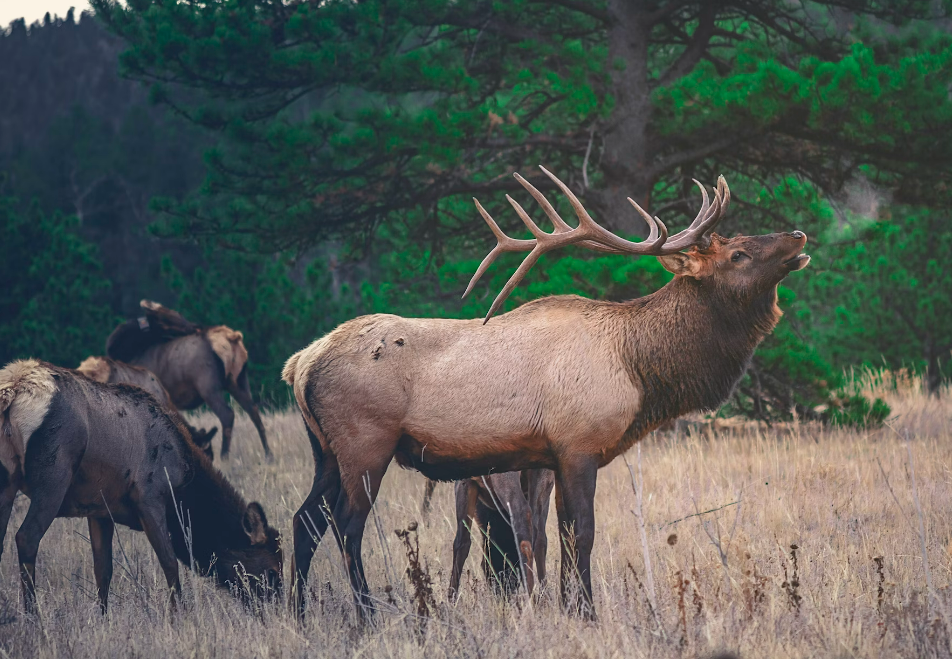
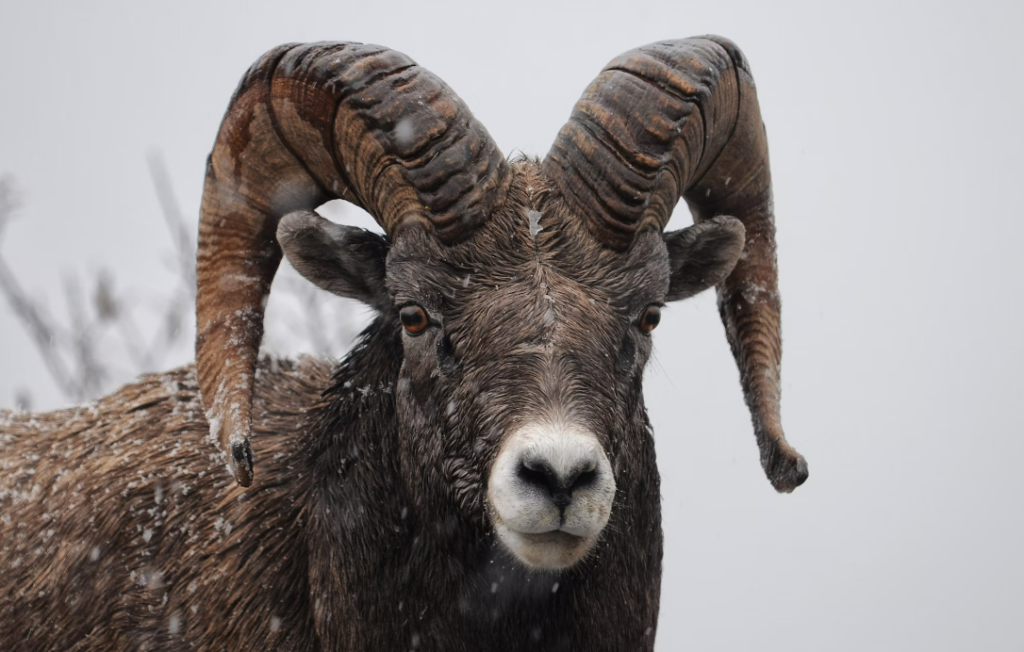
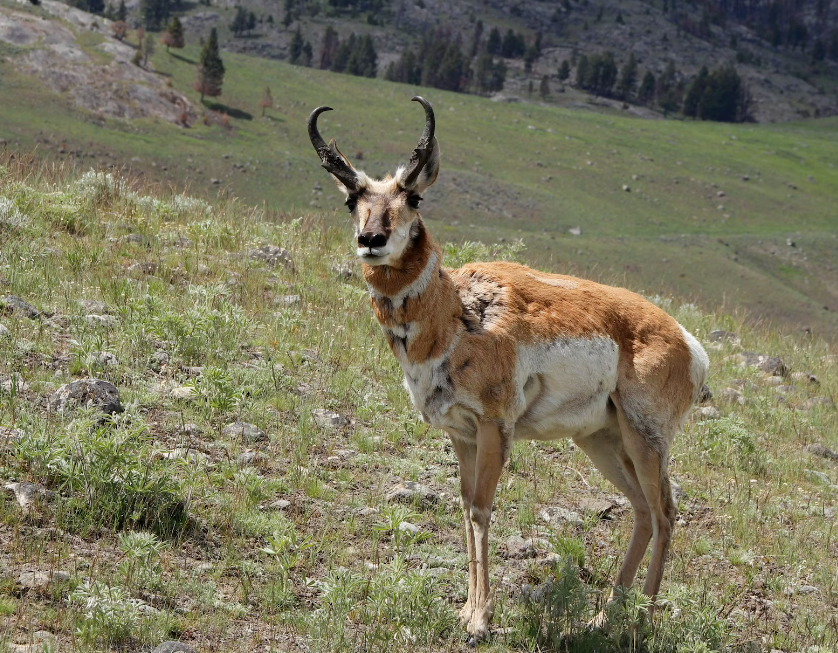
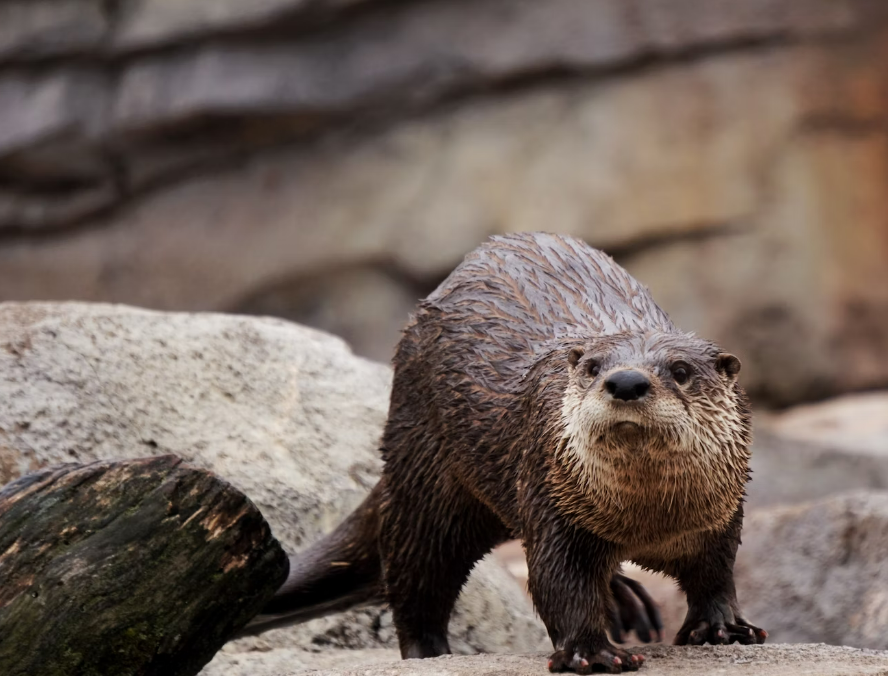
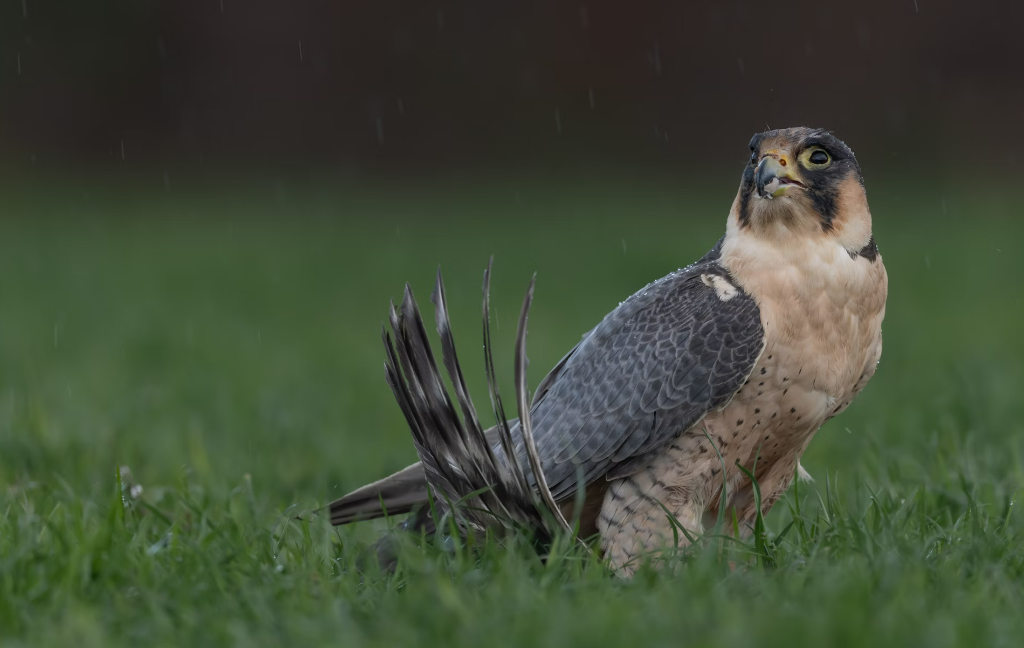


Join the Discussion
Type out your comment here:
You must be logged in to post a comment.